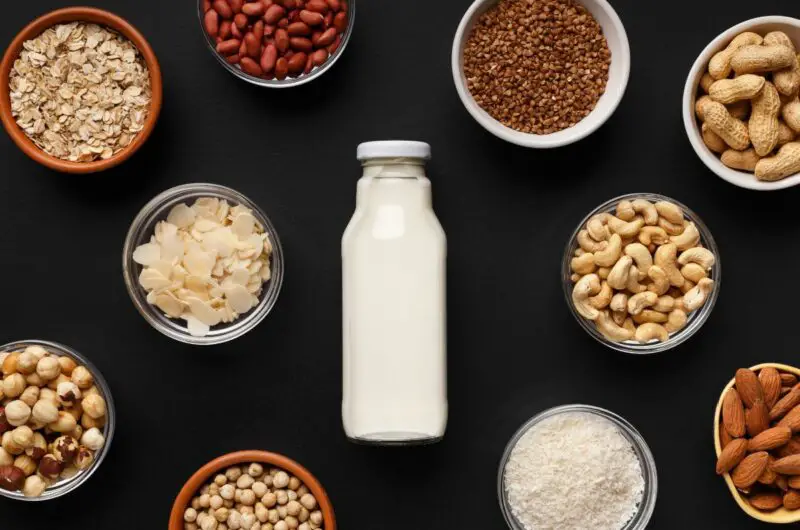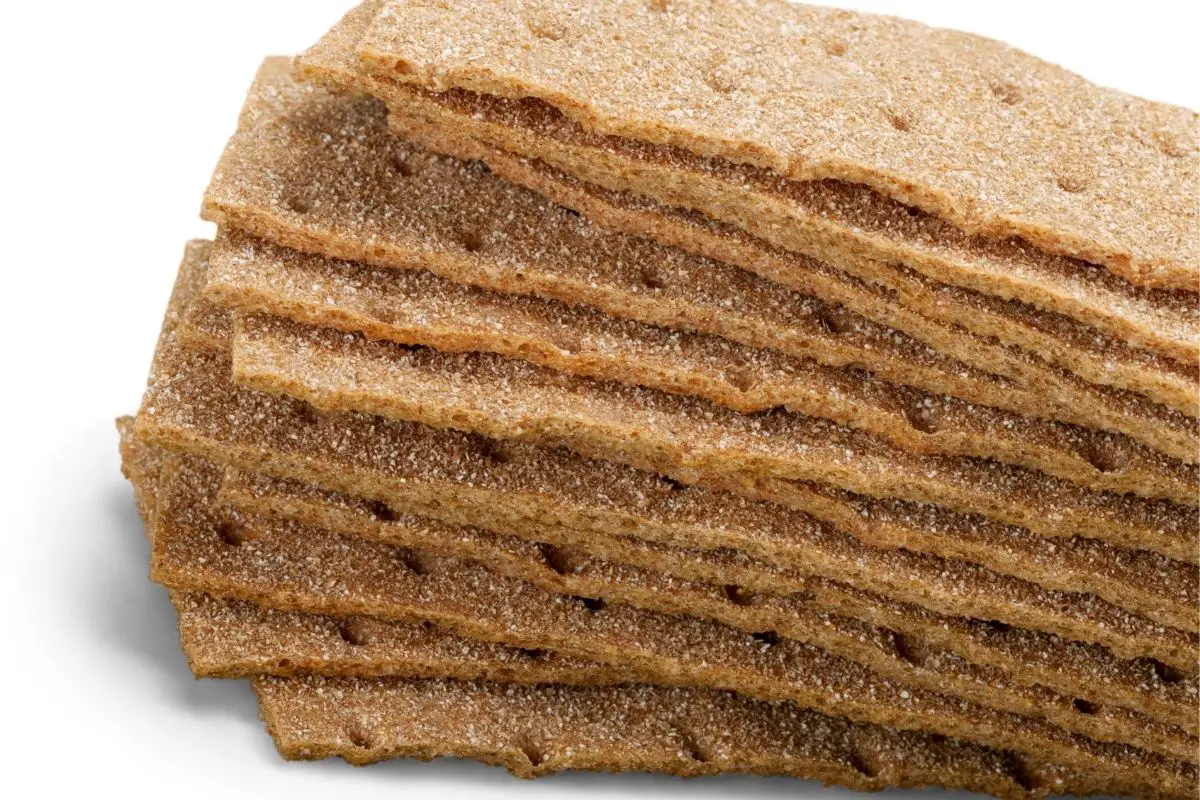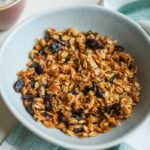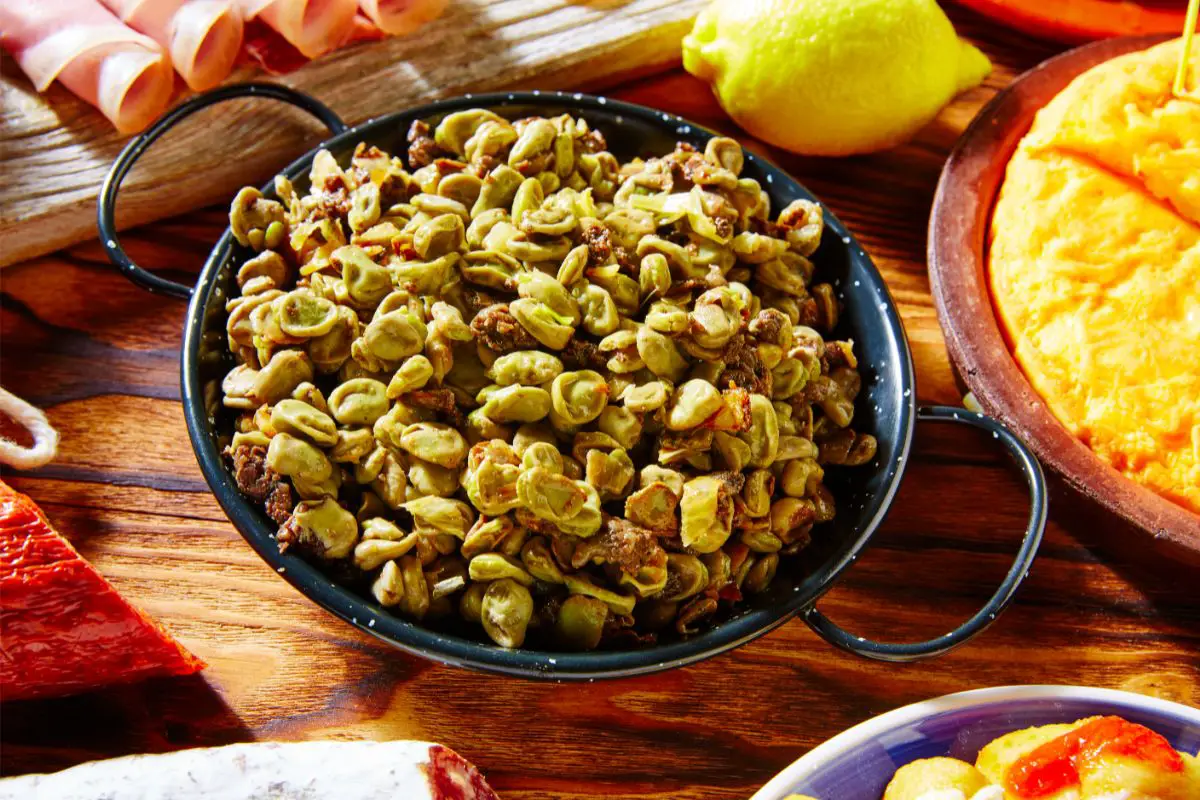Milk is one of the most common food items across the world. It’s healthy and delicious and is used for a wide variety of different purposes.
It can be drunk plain, used to flavor other drinks, or even as an ingredient in a variety of different foods.
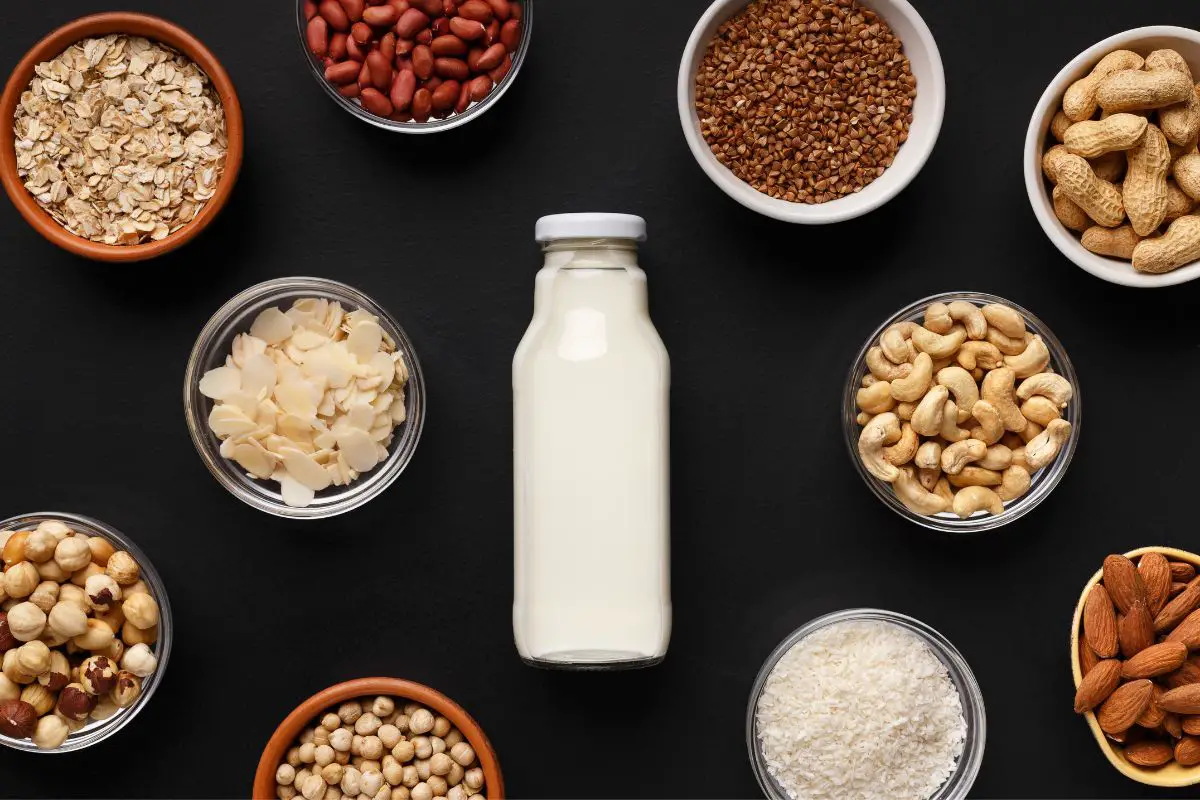
However, many people cannot drink milk because they are lactose-intolerant.
People with lactose intolerance can’t fully digest the lactose contained in milk and consuming milk can cause pain and digestive problems.
This is where lactose-free milk becomes so important. These types of milk don’t contain the lactose sugars that make people ill and come from a variety of different sources.
But what exactly is lactose-free milk and what does it taste like? In this article, we will take a closer look at lactose-free milk.
Let’s get started!
What Is Lactose-Free Milk?
The most common form of milk is dairy milk which is produced by cows. This type of milk naturally contains a type of sugar called lactose and unfortunately, many people are unable to digest this sugar.
People who are lactose intolerant can become very ill from consuming only a small amount of milk and may suffer from symptoms such as vomiting, diarrhea, or abdominal pain.
It’s estimated that around 65 percent of adults have a reduced ability to digest lactose so lactose-free milk is very important.
There are various forms of lactose-free milk, including some that aren’t traditional types of milk at all. However, it is also possible to find milk produced by cows that is lactose-free.
During the processing of this milk, an enzyme called lactase is added to it.
This is the same enzyme that breaks down lactose in the human digestive system and it acts in the same manner when it is added to milk.
It works to break down lactose so that it isn’t present in the milk when the milk is consumed.
There are also varieties of dairy milk where the lactose has been filtered out completely so that no enzyme is needed to remove it.
In both cases, the lactose-free version of milk is very similar to the version that still includes lactose. They share the same flavors, texture, and nutritional values.
This means that you can substitute regular milk for lactose-free milk in virtually any situation.
There are also milk substitutes made from ingredients that have never contained any lactose at all and these have become increasingly popular.
Almost every supermarket in the country now stocks at least one variety of these types of milk as they can be drunk by not only the lactose-intolerant but also vegans.
Common sources of milk substitutes include soy, almonds, oats, cashews, rice, and quinoa.
Whether you’re looking for cow’s milk without lactose or non-dairy milk altogether, there are many different brands to choose from. The best brand for you depends on your personal choices and tastes.
How Does Lactose-Free Milk Taste?
Now that we know what lactose-free milk is and how it differs from cow’s milk which still contains lactose, let’s take a closer look at how it tastes.
As we explained earlier, lactose is a type of sugar that naturally occurs in cow’s milk. Lactose-free milk is treated with the enzyme lactase which breaks down and removes the lactose from the milk.
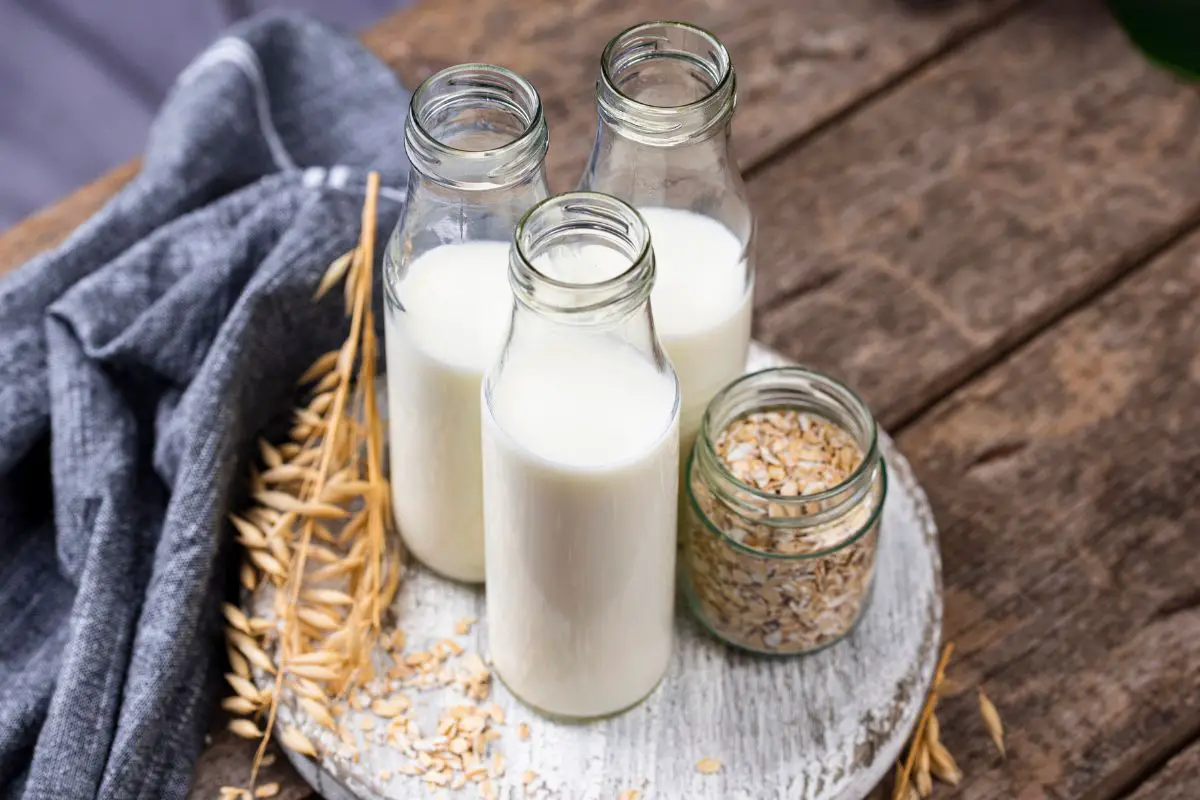
A large amount of lactase is required to break down the lactose completely and this does alter the taste of lactose-free milk slightly. It makes lactose-free milk taste a little sweeter than milk with lactose does.
Lactose-free milk does have one large advantage over milk that still contains lactose, however.
The addition of lactase and the removal of lactose helps lactose-free milk to have a longer shelf life than untreated milk would do normally.
This is a benefit to both manufacturers and consumers as you don’t have to worry about your milk spoiling as quickly.
Nutritional Differences
Milk is well-known for being healthy and containing a variety of important nutrients.
It’s a great source of protein and energy, and also contains vitamins and minerals such as calcium, potassium, magnesium, and vitamins B and D.
Lactose-free milk shares a very similar nutritional profile with regular cow’s milk so you get all of that goodness with lactose-free milk as well.
There is a little more sugar, however, so be aware of this if you are trying to restrict the sugar in your diet.
Non-Dairy Milk Substitutes
The non-dairy milk substitutes can all vary greatly in their flavor. Soy milk can vary greatly depending on the manufacturer but typically has a flavor that is mild, creamy, and sweet.
It does have a slight taste of soybeans to it but for many people, it is the closest substitute to cow’s milk available.
Many people prefer the taste of almond milk, however. Like soy milk, the flavor of almond milk can vary from brand to brand but it usually has a delicately nutty flavor to it.
This isn’t overpowering though, and it is another great substitute for cows’ milk.
How Do You Serve Lactose-Free Milk?
Although lactose-free milk is a little sweeter than regular cow’s milk, the two are similar enough that you don’t need to worry too much about how to serve it.
In virtually all cases, you can substitute the two types of milk without any problem or noticeable difference in taste.
This is especially the case when adding milk to recipes for sweet or savory dishes.
The other ingredients and flavors included in the recipe mean that you won’t taste the difference at all and this is often the case with types of non-dairy milk too.
Although these types of milk often do taste different from cow’s milk, the differences are usually masked when used in recipes.
If you don’t like your recipes or drinks to taste too sugary, however, you may find that you need to adjust the sugar levels if you use lactose-free milk.
It is a little sweeter than regular cow’s milk and the extra sweetness might come through if you’re particularly sensitive to it.
Non-dairy substitutes can be noticeably different from cow’s milk depending on how they are served, however.
You will definitely taste the difference if you drink them straight or use them on cereals and the taste often comes through in hot and cold drinks as well.
This difference isn’t necessarily bad, however. Many people love the taste of non-dairy kinds of milk in their tea and coffee and prefer them to cow’s milk.
If you’re looking for a non-dairy milk to serve in hot drinks you may need to try a few varieties before you find one that tastes good for you.
Final Thoughts
In this article, we took a closer look at lactose-free milk. We explained what lactose-free milk is and what it is made of, and looked at non-dairy milk substitutes.
We also described how the different types of lactose-free milk taste and how they can be served.
If you’re lactose intolerant or are just looking to remove dairy milk from your diet, then lactose-free milk will fill that gap in your diet.
We hope that this article has answered all of your questions about lactose-free milk!
Lactose-Free Milk: What Is It And How Does It Taste?
4
servings30
minutes40
minutes300
kcalIngredients
Lactose-Free Milk
Directions
- Although lactose-free milk is a little sweeter than regular cow’s milk, the two are similar enough that you don’t need to worry too much about how to serve it. In virtually all cases, you can substitute the two types of milk without any problem or noticeable difference in taste.
- This is especially the case when adding milk to recipes for sweet or savory dishes. The other ingredients and flavors included in the recipe mean that you won’t taste the difference at all and this is often the case with types of non-dairy milk too. Although these types of milk often do taste different from cow’s milk, the differences are usually masked when used in recipes.
- If you don’t like your recipes or drinks to taste too sugary, however, you may find that you need to adjust the sugar levels if you use lactose-free milk. It is a little sweeter than regular cow’s milk and the extra sweetness might come through if you’re particularly sensitive to it.
- Non-dairy substitutes can be noticeably different from cow’s milk depending on how they are served, however. You will definitely taste the difference if you drink them straight or use them on cereals and the taste often comes through in hot and cold drinks as well.
- This difference isn’t necessarily bad, however. Many people love the taste of non-dairy kinds of milk in their tea and coffee and prefer them to cow’s milk. If you’re looking for a non-dairy milk to serve in hot drinks you may need to try a few varieties before you find one that tastes good for you.
Recipe Video
https://youtu.be/SHkD6fWeEVIVideo can’t be loaded because JavaScript is disabled: Taste testing Lactose-Free Whole Milks (https://youtu.be/SHkD6fWeEVI)Here at ButterandSaltGatherings, I want to offer a wide range of ingredients, flavors, meals and recipes so that you can start living each day to the fullest, and enjoy only the best food.
- What Exactly Do Chickpeas Taste Like? Is There A Distinct Flavor? - September 30, 2023
- Top 11 Low Carb Options at Sonic Drive-In for Keto Diet - September 30, 2023
- What Should You Serve Alongside Potato Salad? 8 Incredible Side Dishes - September 30, 2023
Related Posts:

